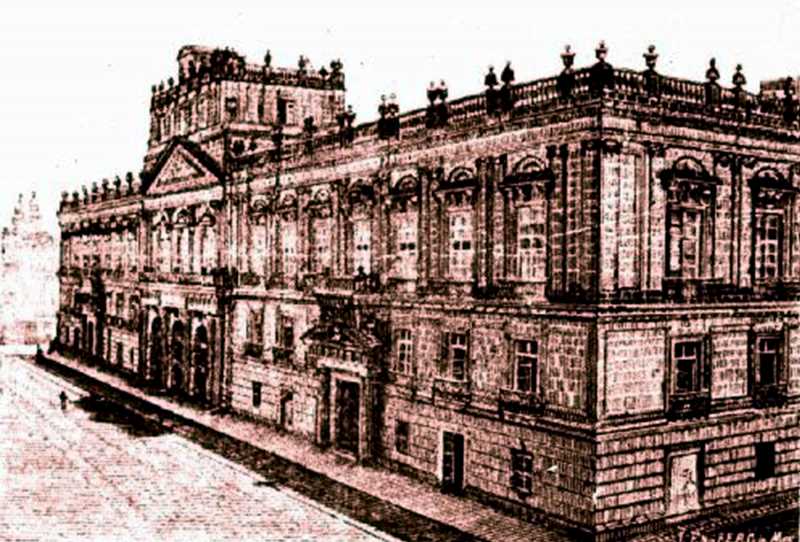How UNAM Became a Breeding Ground for Presidents, Poets, and Pixies
Royal and Pontifical University of Mexico, born in 1551, shaped by imperial whims, survived closures, morphed into National University. A saga of conquest, commitment, and bureaucratic flair unfolds over 471 years.

The need and insistence of the ecclesiastical and civil authorities of New Spain to establish an educational entity that would train their children to become officials of the imperial state led to the establishment of the Royal and Pontifical University of Mexico.
On September 21, 1551, the Spanish crown granted the foundation of the University of Mexico by royal decree, recalls Clara Inés Ramírez González, researcher at UNAM's University and Education Research Institute.




